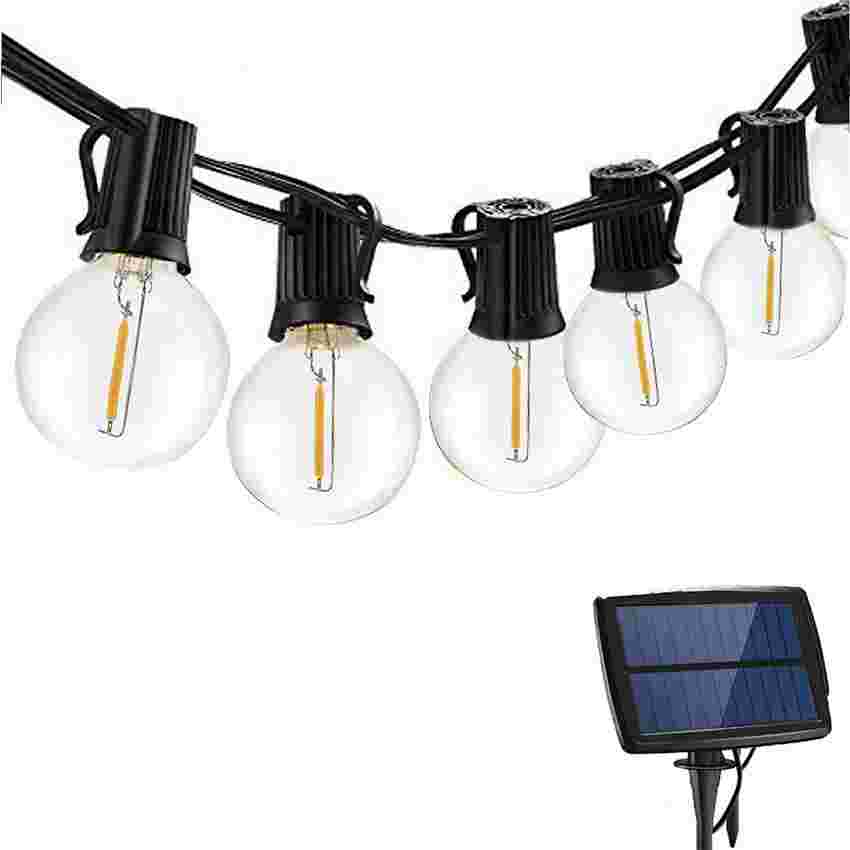If you have purchased a solar-powered light and realized that it does not come with a remote control, don't worry. While remote controls certainly make it convenient to adjust the settings of solar lights, they are not the only way to troubleshoot and modify your solar light. In this guide, we will explore some alternative methods to troubleshoot and adjust solar lights without a remote control. 1. Check the Manual The first step in troubleshooting any device, including solar lights, is to consult the user manual. The user manual should provide instructions on how to make adjustments to the light settings manually. It might involve using buttons or switches located on the light itself. If the manual is not available, try looking up the product specifications online for guidance. 2. Adjusting the Settings Most solar lights come with adjustable settings for brightness, motion sensitivity, and duration. Without a remote control, you will need to access these settings directly on the light. Typically, there will be buttons or dials on the light that allow you to make these adjustments. For example, pressing a button multiple times may change the brightness level, while turning a dial might adjust the motion sensitivity. 3. Positioning and Sensitivity If your solar light is not operating as expected, it may be due to the positioning and sensitivity settings. Without a remote control, you can still manually adjust the angle and position of the light to optimize sun exposure. Additionally, some lights have a physical switch to control the motion sensor's sensitivity. Experiment with different angles and sensitivity settings to find the optimal configuration for your specific needs. 4. Battery and Solar Panel Maintenance Proper maintenance of the solar panel and the battery can significantly impact the performance of the solar light. Without a remote control, you can ensure the solar panel is clean and free of debris to maximize sunlight absorption. Additionally, check the battery connection and status to ensure it is functioning properly. Some solar lights may have a reset button for the battery that can be accessed without a remote control. 5. Seek Professional Assistance If you have exhausted all options and the solar light is still not functioning properly, it may be necessary to seek professional assistance. Contact the manufacturer or a qualified technician to diagnose and resolve any underlying issues with the light. They may be able to provide specific instructions on how to troubleshoot the light without a remote control. In conclusion, while remote controls offer convenient access to adjust solar light settings, it is still possible to troubleshoot and modify solar lights without them. By referencing the user manual, performing manual adjustments, optimizing positioning and sensitivity, maintaining the battery and solar panel, and seeking professional assistance when necessary, you can ensure that your solar lights are operating at their best. With these alternative methods, you can enjoy the benefits of solar-powered lighting even without a remote control.



viber

skype

whatApp

telegram


 France
France
 Spain
Spain
 Portugal
Portugal